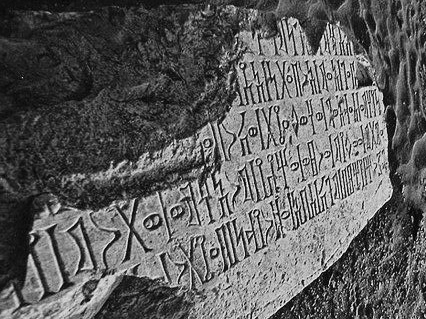Monuments are a type of structure that was created to commemorate a person or event or which was become relevant to a social group as a part of their remembrance of historic times. So, we can define monuments in simple terms as, 'Commemorative Archaeological Sources of History'.
Monuments includes all artistic works concerned with architecture, sculpture, painting, etc. Through there study we know about the history of development of Arts. Besides this, it throws light on religious, socio-economic conditions of concerned times. For example, rock temples of Ajanta and Ellora with its sculptures and paintings Express the artistic finery of that period. Taj Mahal along with being a renowned symbol of love, it is also a symbol of Shah Jahan's wealth and power, and the fact that the empire had prospered under his rule.
Monuments can be classified into indigenous and foreign groups for a country. For example, in case of India, Dashavtar temple [Deogarh (U.P.) of Gupta period], Brihadishwar/Rajarajeshwar temple [Tanjore, built by Chola ruler Rajaraja I in 1000AD], etc. are indigenous monuments while Buddhist temple of Borobodur [Java Island, Indonesia built by ruler of Shailendra dynasty is a largest Buddhist temple in the World], Vaishnava temple of Angkor-Vat [Combodia, built by Suryavarma, the ruler of Kaundinya dynasty of Kambuj in 12th century A.D.], etc. are foreign monuments for India.
There are thousands of monuments are present today which tell us about the glory of past civilizations and their socio-religious-cultural lifestyle. Red Fort is the largest monument of Delhi (Capital of India) built by the Mughal Emperor Shah Jahan to serve as the palace fort for his capital Shahjahanabad (Old Name of Delhi). Red Fort is one of the top tourist places in Delhi and included in UNESCO World Heritage site. Every year, the Prime Minister of India hoists the National Flag at Red Fort on 15 August (Independence Day). You can watch video of Red Fort Complex below.
Next Article:
1. Excavation works, Ruined cities and other archaeology artefacts
3. Literary Sources
4. Archaeological Dating Methods
References
Also see:
1. Coins
4. Literary Sources
5. Primary, Secondary and Tertiary Sources
6. Bharatvarsha
7. UGC NET JRF Latest Syllabus
8. Inscriptions











